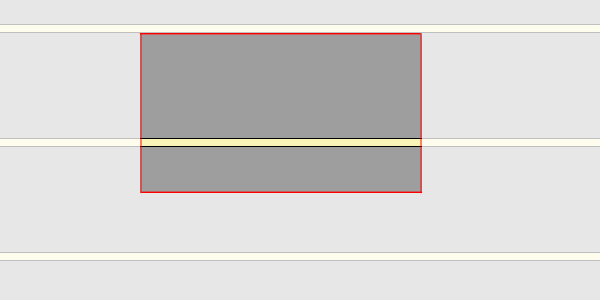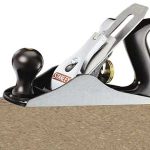There are a several reasons you may want to move a loft hatch. These could include:
- Easier access to the loft
- More room required for a loft ladder
- Moving away from a stairwell.
These are just a few examples of why you may want it moving. However, before you start, you may be wondering if it’s possible for you to do this as a DIY project.
The good news, is it’s relatively simple to move a loft hatch. However, you will need to ensure the new opening is cut out and trimmed correctly. This will ensure a strong and secure loft hatch opening.
There are two ways you may consider moving a loft hatch. The first would be adjusting the size of an existing hatch, and the second is completely moving to a different location.
Adjusting an existing loft hatch is usually pretty simple. If you are making it smaller you will just need to trim it out with new timbers. On the other hand, if you are making the opening bigger, you will need to remove existing trimmers. This may also include cutting the joists back to make the hole bigger.
The exact way this is done, will depend on whether you are adjusting the width or the length. As well as the direction of the joists.
If you are completely moving a loft hatch, this will require the old hatch filling in, and a new one cutting out in the desired location.
Cutting out a new loft hatch
If you are adding a new loft hatch, then the first thing you need to decide, is where it will be going. This can be easier if you already have an existing hatch, allowing you to access the loft space.
By accessing the loft space , you can locate the joists or rafters, as well as any potential obstructions above. This could include any wires or pipes that might be up there, as well as any structural elements such as timber, metal, or concrete roof beams.
Also, if you have a trussed roof, you should consider the location of any of the supporting web timbers. As well as metal gusset plates that are located on the joints. Cutting into these should be avoided.
Once you have a position chosen for your hatch, you can start by creating a small hole alongside the joist that will form the edge of your opening. This can be done with a pad saw, or if you are very confident of no wires above, you could use a power tools such as a reciprocating saw.
At this point, your goal is to find the joist. Once this is done, you can mark your opening using the edge of the joist to measure off. Simply mark the desired size for your opening using a tape measure, a square and a pencil.
Once this is marked out and you are happy with the location, and have ensured it’s the right size, you can cut out the entire hole. If the ceiling is plasterboard, this will be pretty easy. On the other hand, if you are dealing with an older lathe and plaster ceiling, it could be a little trickier, and significantly messier.
Either way, you should ensure you use a dust mask and goggles when cutting into the ceiling.
Cutting timbers and trimming the new loft hatch
Once your plaster opening is cut out, you should be left with a joist forming one edge, and there will also be at least one timber running through the opening.
The timber running through the opening will need cutting. This should be cut back the thickness of a joist from the edge of the plaster board at each end. Doing this will allow you to trim the opening with a new piece of wood, finishing flush with the plasterboard edge.
Depending on the width of your loft hatch, you will probably need to add a further timber to the side of the opening. This will complete the loft hatch opening, forming a solid timber edge all the way around.
If you want extra strength, you can also add joist hangers to all the new timbers.
See the drawings below for an example of how this might look. The drawings show how you would create an opening to install a 600mm wide loft hatch, in a ceiling with joists spaced at roughly 400mm.


How to fill in an old loft hatch
Once you have moved your loft hatch, you will need to cover up the old hatch. This is relatively simple, and you can fill the hole with plasterboard. You will need to add a piece of timber in the middle of the hatch to carry the board.
In a hatch where one joist has been trimmed to form the opening, you can simply add a piece of timber back in the middle of the opening. This can be given additional support with a joist hanger at each end.
You will also need the plasterboard to be fixed to timber all around its edge. To do this, you can add a timber batten around the inside of the hatch in order to fix your plasterboard. Or you can cut back the existing plasterboard exposing the joists, in order to get a fixing.
Either way this process is very simple.
Once your new plasterboard has filled the hole, the old hatch can be skimmed over, and you will never know it was there.
Conclusion
As you can see, you can move a loft hatch quite easily. Hopefully the explanation and drawings in this article have shown you how easy it can be.
Providing you check above and measure the opening correctly; you should have no issue moving your loft hatch.




